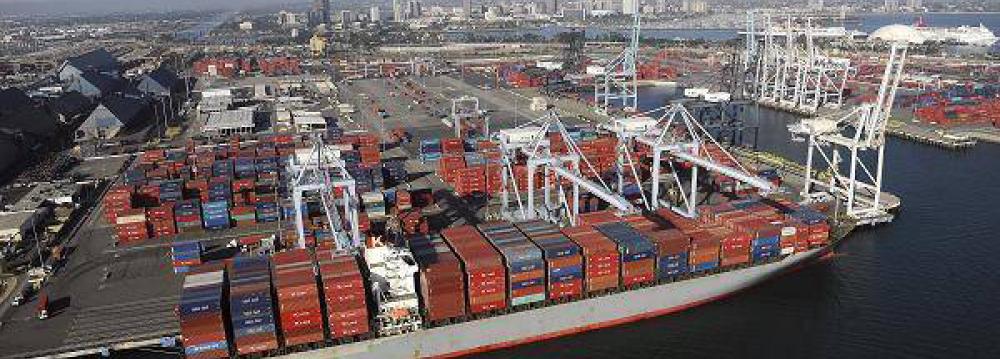Growth in Saudi Arabia’s non-oil gross domestic product is expected to slow to 2.8% in 2016 from 3.4% in 2015, Saudi central bank governor Ahmed al-Kholifey told state television station Ekhbariya.
Kholifey was responding to a question about Saudi monetary policy and economic growth given global financial market turmoil caused by Britain’s decision to leave the European Union, Arabian Business reported.
He said the central bank was continuing to monitor key economic indicators, noting that the point-of-sale aggregate, an indicator of consumption, had risen 15% year-on-year in May and that a rebound of oil prices over the past few months had helped to support growth somewhat.
Repeating a central bank statement issued earlier on Saturday, Kholifey said Brexit would not have much impact on Saudi financial institutions because of their limited exposure to Britain and their healthy asset quality.
Meanwhile, Saudi Arabia’s imports in April sank 27.2% compared with a year earlier and non-oil exports dropped 18.4%, data from the Central Department of Statistics and Information showed.
Non-oil exports usually account for around 12% of the overall exports of Saudi Arabia. The world’s largest oil exporter does not release complete trade data on a monthly basis.
Saudi Arabia’s GDP growth is expected to rise by just 0.8% this year, its weakest growth since 2002 as the cumulative impact of government spending cuts and low oil prices feed through to the economy, a new report has said.
Middle East Q2 2016 produced by Oxford Economics, ICAEW’s partner and economic forecaster, noted that the recently announced Vision 2030 reform plan will require “immediate actions” to show commitment to this very ambitious plan.
It added that as (Persian) Gulf Cooperation Council states’ economies continue to diversify away from oil-driven investment and public spending, productivity growth will become vital.
The report said the UAE is expected to see growth of 2.3% in 2016, reflecting the low oil price outlook and relatively large fiscal deficit.
It said signs of stress from the slowdown are visible in new regulations from the UAE Banks Federation to help with debt restructurings for troubled small and medium-sized economies.
Bahrain’s downgrade to below investment-grade status by Standard and Poor’s in February “reflects weak public finances with relatively high political risk and few policy buffers”, the report noted.
It added that substantial fiscal austerity is underway with an emphasis on cutting subsidies, control of the government wage bill and increased non-oil revenues while GDP is expected to rise 1.3% in 2016.


